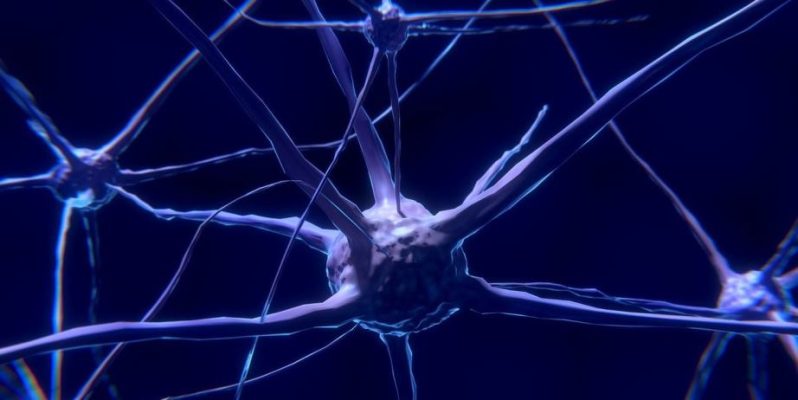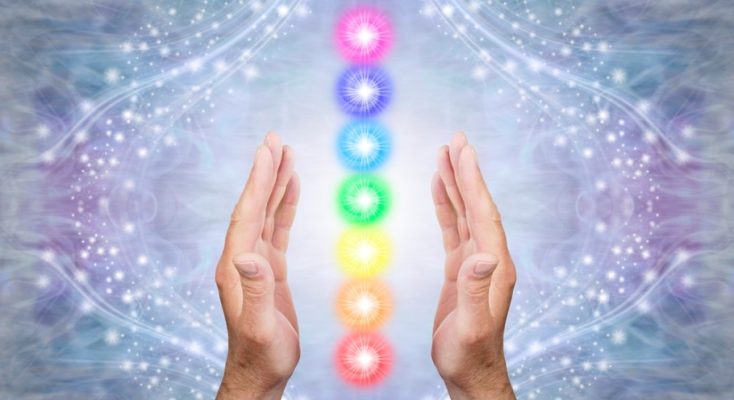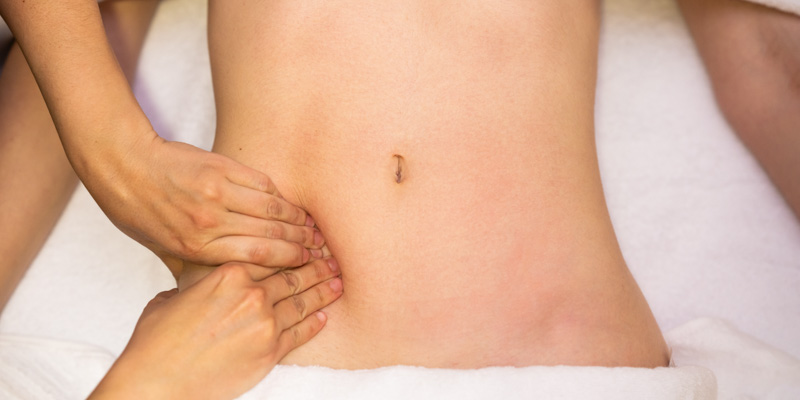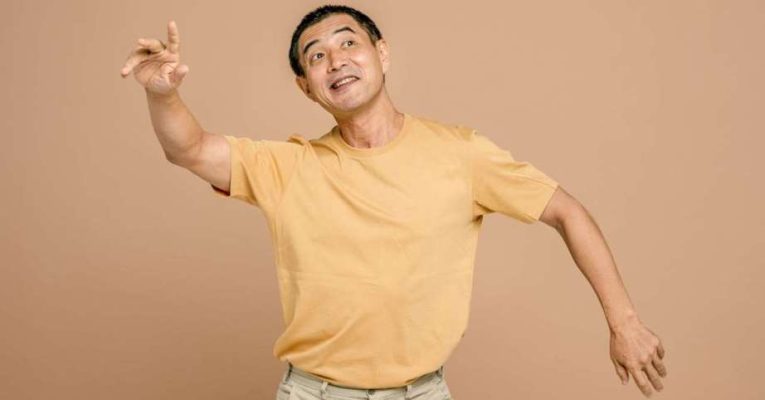
We all know about the five human senses, that is, our taste (gustatory sensory system), hearing (auditory sensory system), smell (olfactory sensory system), touch (somatosensory system), and sight (visual sensory system).
In relation to somatic therapies one sometimes will also hear about proprioception and interoception, and sometimes also about the vestibular sense.
Understanding Proprioception and Interoception
Proprioception is the sense of self-movement, force, and body position. You will find this term often used in relation to dance, movement, and physical exercise therapies.

The vestibular sense is about our balance, and spatial orientation for the purpose of coordinating movement with balance. As counts for proprioception, vestibular therapies are often associated with dance, movement, physical exercises, and sports.
Interoception is a collection of senses that — through neural pathways, that is, via our nervous system — provides information about the internal states of our body, which can be on a conscious and subconscious level.
Interoception monitors the body and body parts, such as the heart, lungs, stomach, intestines, bladder, muscles, skin, and tells us how we feel, such as hungry, needing to pee, thirsty, anxious, tensed, nervous, or scared. It’s an important set of signals that serves proper functioning of our bodies, but which also profoundly drives our emotional states and self-awareness.
Traumatic experiences may impede adequate proprioception and interoception because of dissociation or disconnectedness with the body. It means, for instance, that some people who experienced profoundly disturbing experiences don’t any longer (or in a much lesser degree) feel certain things, such as hunger or pain. This can severely obstruct the proper regulation and management of their physical needs and emotions.
Trauma can also exaggerate or distort certain aspects of proprioception and interoception. For instance, feeling somewhat nervous can be interpreted as a huge danger signal. This may cause over-anxiety and can make us feel overwhelmed and perhaps make us overreact or react inappropriately to a certain situation which is actually rather harmless.
Body Awareness and Mindfulness
Proprioception and interoception are connected to body awareness and mindfulness in the sense that by being mindful of the exterior and interior of our body we connect body and mind. Our body states can teach us about the mind/emotions/psyche and the mind/emotions can teach us about our body states.

In effect, emotional awareness and body awareness are actually two sides of the same human coin; they have an intimate connection to each other, and the one cannot be seen apart from the other.
Moreover, by understanding the above we also realize that by deliberately (consciously) changing a bodily (physical or physiological) aspect — for instance by changing our breathing pattern or our posture — we can change emotional aspects, meaning that we can manage and change how we feel.
As such, interoception and proprioception lie at the core of mindfulness, and by using them properly we can improve certain domains of our lives, such as self-regulation, self-management, decision making, mental health, and social connections.
Body De-Armoring
By observing people we can determine their proprioceptive ability. That is, how does a person move or position themselves in relation to action, space, and location? Awkwardness, rigidness, inflexibility, lack of suppleness, fluidity, balance, or body awareness, and so on, can tell us something about the level of a person’s connection with and regulation of their perceptible and felt body. It may point a therapist to possible armoring of certain body parts.

Lack of interoceptive ability in people, that is, difficulties in sensing their inner states, may tell the De-Armoring practitioner something about armoring of their inner physiological processes, bodily tissues, or organs. These may be tensed, constricted, numb, insensitive, and/or disconnected, hence not giving the correct signals to the nervous system (and the brain/mind).
Interoceptive ability may be improved by cultivating conscious body awareness and mindfulness, but it may also be necessary to (first) De-Armor certain body parts — resensitize them — for instance through massage and other hands-on bodywork. Let’s say it this way: we can only sense something (being aware of something) if there’s something to sense.
All by all, we can conclude that assessment and diagnosis of a person’s level of proprioceptive and/or interoceptive ability can be of utmost value to De-Armoring therapists.














